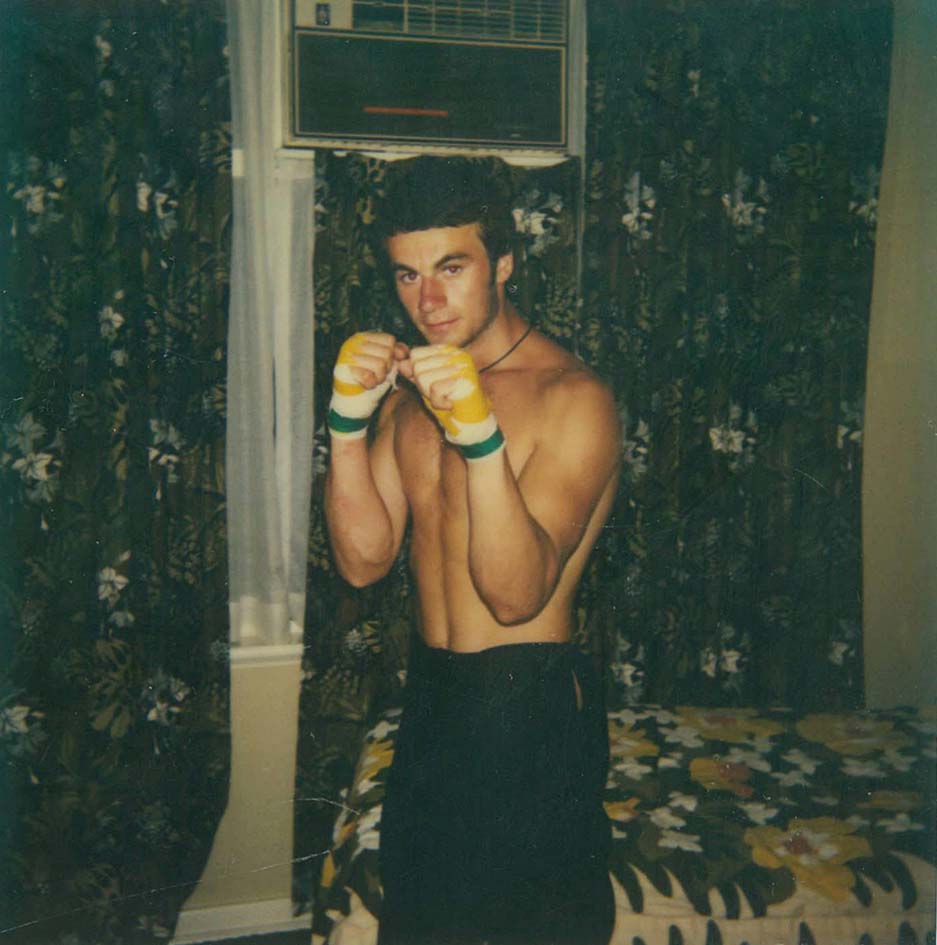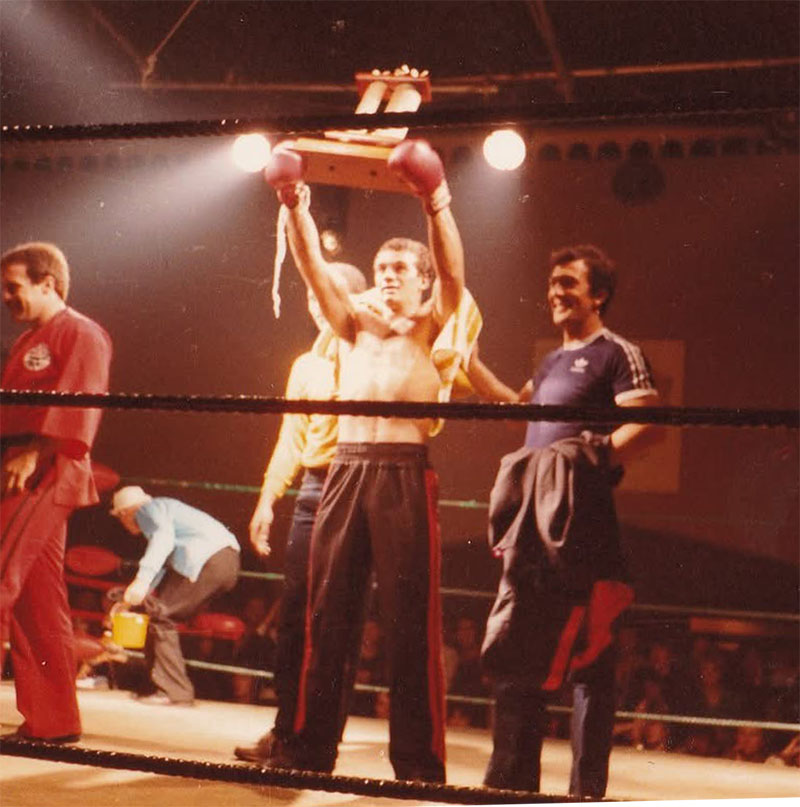Dragan Djurkic, A Champion's Journey
In the vibrant martial arts scene of 1980s Melbourne, one name deserves greater recognition: Dragan Djurkic (also known as Dragomir Djurkic). Born in 1961 with a Yugoslav Serb background, Djurkic carved out a remarkable career spanning kickboxing, boxing, and security work from 1971 through 2024, competing at the highest levels despite facing numerous challenges.

Training With Legends
Djurkic's martial arts education reads like a who's who of Australian combat sports. He trained in Zen Do Kai Karate under the legendary Stan "The Man" Longinidis, who held five Australian titles. At Jack Rennie's boxing gym, Djurkic honed his technical skills under the master technician himself, competing in two professional boxing bouts during the 1980s.
His training partners included some of the era's finest fighters. Djurkic sparred with Lester Ellis during his world title camp at Bacchus Marsh, and trained at Spencer's Drivers at Footscray Boxing Gym, absorbing knowledge from Melbourne's rich boxing tradition.

Notable Fights and Championships
Djurkic compiled impressive fight records, just to name a few:
Kickboxing Bouts:
- vs. Tony Renata (1981)
- vs. John Jones
- vs. Alex Tui (New South Wales) - 1983 Australian Amateur Title bout
- vs. Alex Tui (New South Wales) - 1983 Australian Amateur Title bout
- vs. Chan Chuck Fay (multiple sport bouts)
- vs. Steve McCoy - a controversial decision
- vs. Peter Hein
- vs. Jeff Luis
- vs. Shane Lions
The 1983 championship bout against Alex Tui represented a significant moment in Australian martial arts history, pitting Victorian against New South Wales in a battle between Japanese and Chinese kickboxing styles, officiated by American judges.

Working the Melbourne Scene
Beyond competition, Djurkic worked extensively in Melbourne's nightlife security industry. In the early 1980s, he served as a crowd controller at the Crush Club (formerly the Bombay Club), managing crowds of 2,000-2,500 patrons across two floors. During this period, he worked alongside Dana Goodson, the American kickboxing champion ranked number one in the world.
His security work extended to the Block Arcade complex and Behave Building, where he once intervened to prevent a physical assault, demonstrating the same protective instincts that served him in the ring.

The Challenges of Recognition
Despite his accomplishments, Djurkic's career has been marked by a lack of official recognition. His early Australian bouts went largely undocumented, which he attributes to the geopolitical tensions surrounding the Yugoslav wars of the late 1980s and sanctions imposed in 1988.
Throughout his career, Djurkic competed without a manager or sponsor, relying solely on his coaches and his own determination. Various spelling variations of his name in official records—Dragan Durkic, Dragomir Djurkic, Dragonair Djurkic—have further complicated efforts to document his legacy.
A Lasting Legacy
Dragan Djurkic's story represents the countless fighters who gave everything to Australian martial arts, often competing in an era before comprehensive record-keeping and widespread media coverage. His journey from Yugoslav immigrant to accomplished fighter embodies the multicultural spirit of Melbourne's martial arts community.
"You will never again have a champion like me in Australia," Djurkic reflects. "Our nature is not the same."
For those who witnessed his fights or trained alongside him, Dragan Djurkic remains a testament to dedication, skill, and the warrior spirit that defined Melbourne's martial arts golden age.
Dragan Djurkic continues to reside in Melbourne, Victoria, Australia. His career spanned over five decades in martial arts and security work, leaving an indelible mark on the local fighting community.
